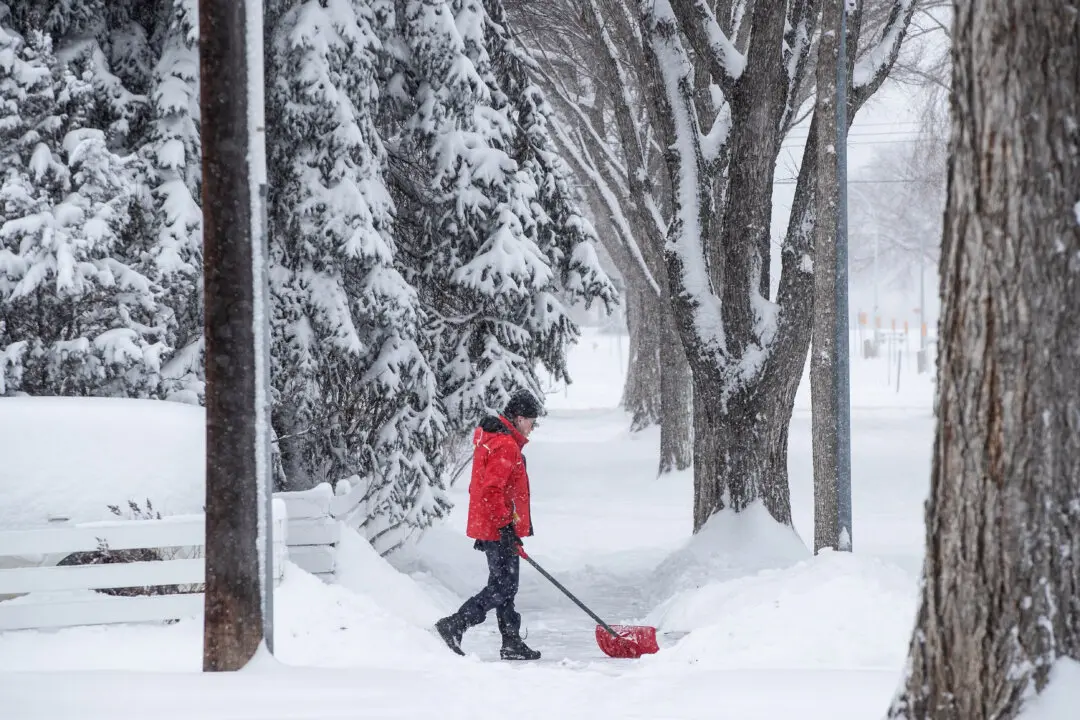While fewer Canadians may be looking to buy a vacation home in some regions compared with years past, a new report says prices are expected to increase in 2025 as demand still outpaces supply across most markets.
The report released Wednesday by Royal LePage forecasts the median price of a single-family home in Canada’s so-called recreational regions to rise four percent year-over-year to $652,808.
The national increase reflects expected price boosts in each provincial market, led by an eight percent appreciation in Atlantic Canada to a median price of $498,852, and a 7.5 percent increase in Quebec to $457,198.
Alberta remains the priciest province to own a recreational home, with Royal LePage forecasting a two percent bump in the median price of a single-family property to nearly $1.3 million, followed by B.C. at $951,762—also a two percent increase.
Ontario comes in third at an expected median price of $647,107, which would be one percent above 2024.
In the least expensive region, which combines Manitoba and Saskatchewan, the report forecasts the median price to go up 4.5 percent to $310,052.
Royal LePage president and CEO Phil Soper said demand for recreational properties remains strong but balanced after three years of double-digit price growth during and after the pandemic.
He said many families still have a “deep-rooted desire” to own a vacation home and that is unlikely to change, even amid economic uncertainty and geopolitical tensions.
“The pandemic-era scramble for recreational properties, once reminiscent of a modern-day gold rush, has thankfully eased—along with the chaos of bidding wars and thin inventories,” Soper said in a statement.
“While the mainstream market is more sensitive to economic shifts, demand in the recreational segment remains steadfast, even during periods of market hesitation.”
In a survey of more than 150 Royal LePage real estate representatives who focus on the recreational market, 46 percent reported demand was about the same compared with last year. Just under one-quarter reported more demand, while the same amount reported less demand.
The report noted that falling interest rates have helped sustain demand for vacation properties. Three-quarters of agents surveyed say recreational homebuyers in their region typically obtain financing, such as a mortgage or loan, when making a purchase.
One-third of respondents said supply was lower than last year while 39 percent reported similar inventory. Despite those indications of supply falling, 55 percent reported an increase in the average days a property has spent on the market compared with last year.
“Looking ahead, recreational property prices are expected to rise modestly, driven by ongoing supply shortages,” said Soper.
“New cottages and cabins aren’t being built fast enough to meet buyer demand, which will continue to support long-term price growth.”
In 2024, the overall weighted median price of a vacation home increased 2.3 percent year-over-year to $627,700. The weighted median price of a single-family waterfront property fell 3.6 percent compared with 2023 to $1,063,400, while the price of a condominium remained flat at $431,700.







